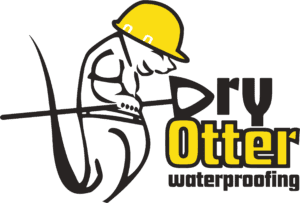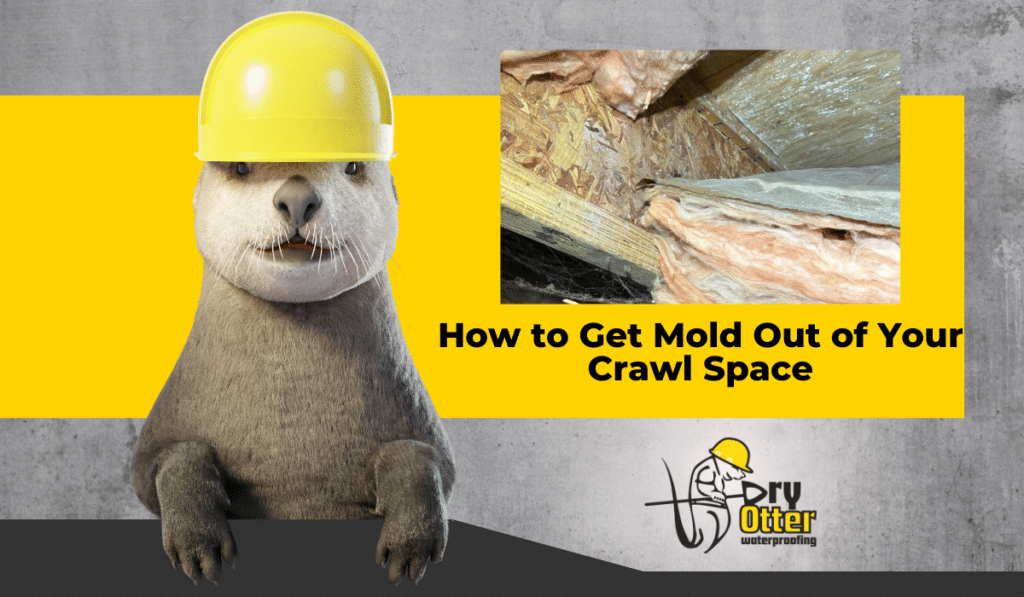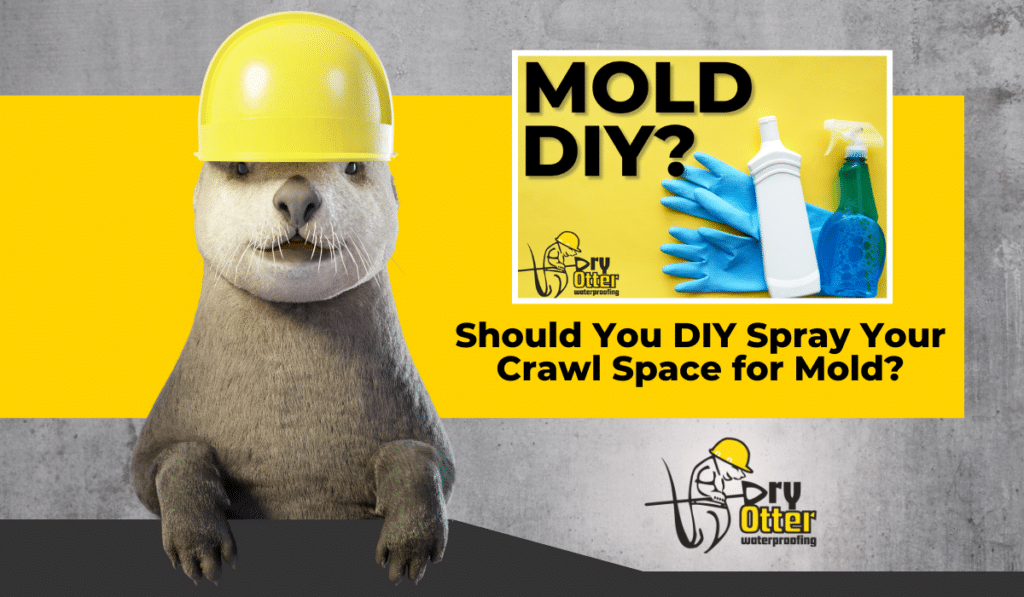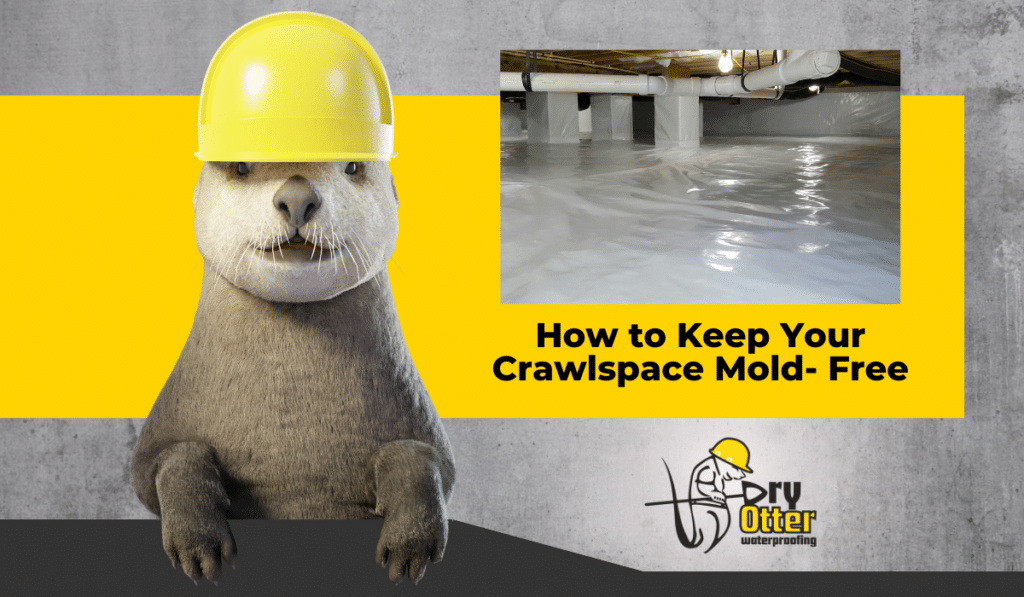A strong foundation is essential for a home’s structural integrity. It provides stability to keep your home safe and free from issues like cracks, uneven windows and doors, and warping floors.
If you notice any structural issues, especially a bowing basement wall, they indicate a serious structural problem caused by outside water pressure from soil or water and require immediate attention.
This article will cover methods for repairing bowed basement walls, especially carbon fiber straps, which are an easy, effective way to stabilize bowing walls.
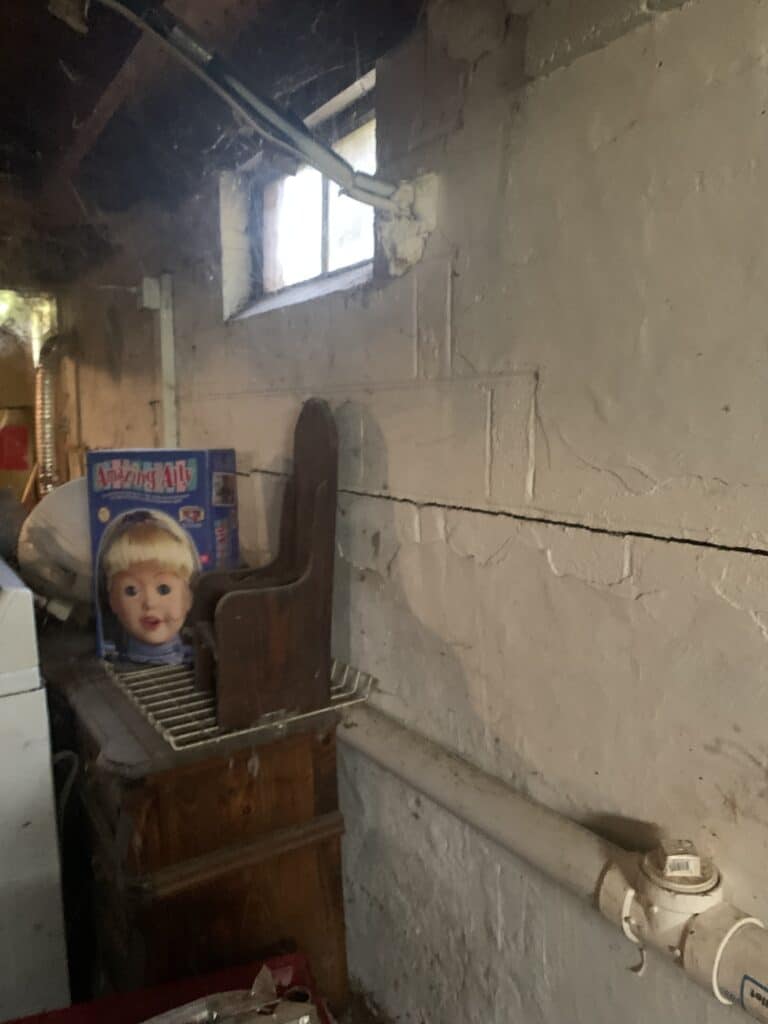
What is a Bowing Basement Wall?
Bowing basement walls are a serious structural issue where your basement walls begin to curve or bulge inwards. This happens when outward pressure is exerted on the walls, and that pressure exceeds the walls’ strength.
Common causes:
- Hydrostatic pressure. This is the most common cause. When the soil around your foundation becomes saturated with water, it creates immense pressure against your basement walls. This pressure pushes against the walls, causing them to bow inward.
- Expansive soil. Certain soil types, like clay, expand significantly when they absorb water and contract when it dries. This regular expansion and contraction puts a lot of stress on your basement walls, leading to bowing.
- Poor drainage around your foundation can contribute to hydrostatic pressure and expansive soil conditions. When water pools around your foundation, it saturates the soil, increasing pressure leading to bowing. This can be caused by clogged gutters, downspouts that don’t direct water away from your foundation, and improper grading.
- Tree roots from trees planted too close to the foundation.
- Poor construction includes insufficient wall thickness, improper reinforcement, and inadequate backfilling.
- Freezing and thawing.
Early warning signs, such as cracks, tilting, or visible bulging, indicate a problem that needs to be addressed immediately.
Why You Shouldn’t Ignore Bowing Walls
The most important reasons for taking swift action in repairing bowed basement walls are:
Structural damage risk: Ignoring bowing walls can lead to severe structural damage.
Safety concerns: A compromised foundation can threaten your home’s stability.
Increased repair costs: Delaying repairs can result in more extensive and costly fixes.
Common Bowed Basement Wall Repair Methods
There are five main bowed basement wall repair methods:
- Carbon Fiber Straps: These strong, flexible strips are attached to the interior bowed wall to reinforce the wall to prevent further bowing. They are strong, durable, and have a low-profile appearance, so they are easy to install, cost-effective, and less invasive than other methods. They can also be painted easily to blend with the wall.
- Wall anchors: Brace and stabilize the walls using steel plates anchored in the soil outside your home. Steel rods pass through the wall and are tightened against one another on the interior wall to pull the wall back toward its original position.
- Steel beams: Large beams are installed vertically against the bowed wall and secured to the floor and ceiling joists. They prevent further movement.
- Wall pins: Steel pins are driven through the wall and into stable soil behind it to stabilize it.
- Wall rebuild: This involves completely removing and rebuilding the bowed section of the wall. This is the most invasive and expensive method of fixing a bowed wall.
Why Dry Otter Waterproofing Uses Carbon Fiber Straps
Proven strength: Carbon fiber straps are stronger than steel and stop future wall movement.
Minimal disruption: No excavation or extensive construction is required, making installing them easy and cost-effective.
Clean appearance: Their low-profile design means they can be painted over for a finished look.
Lifetime protection: Carbon fiber straps are backed by professional installation and long-term warranties.
When to Contact a Professional
Visible wall damage: If you notice cracks, tilting, or water seepage, these all indicate problems that a professional must address.
Persistent water issues: Regular water intrusion can worsen the bowing walls, leading to even more damage if not addressed early.
Preventative action: Early detection and intervention will save you money in the long run by preventing extensive, further damage.
Bowing walls are a serious issue that should be addressed promptly by a professional. Luckily, effective repair methods are available.
If you notice bowing basement walls, cracked basement walls, drywall cracks, sticking windows, doors jamming, or sagging, bouncing floors, it is time to consult a professional.
Dry Otter Waterproofing offers a trusted repair method using carbon fiber straps to stop bowing walls and prevent further costly damage. They are proven to work and can be installed with minimal disruption, are easy to paint over and conceal and come with lifetime protection.
Contact Dry Otter Waterproofing for a free estimate. We are the area’s top-rated waterproofing, mold remediation, and foundation repair company. Locally owned and operated, lifetime warranties, and we offer premium solutions to protect your most important investment.
